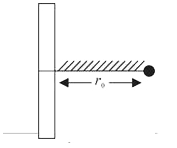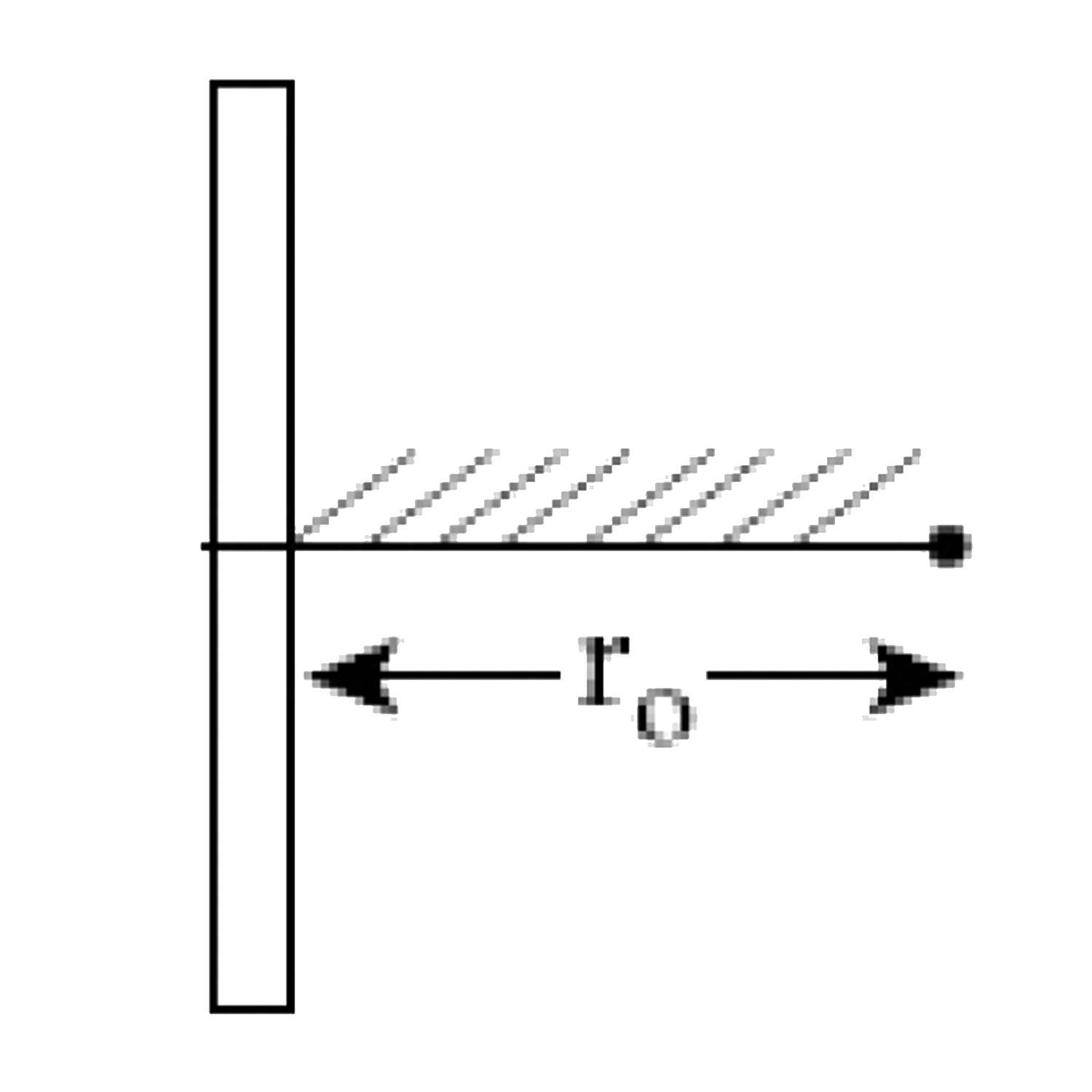A positive charge released from restSolution in Kannada
moves towards the regions of lower potential
moves towards the regions of higher potential
moves towards the regions of equal potential
does not move
The correct Answer is:A
Step by step video, text & image solution for A positive charge released from rest by Physics experts to help you in doubts & scoring excellent marks in Class 10 exams.
Updated on:21/07/2023Topper's Solved these Questions
- ELECTRICITYBOOK - ZEN PUBLICATIONCHAPTER - ELECTRICITYEXERCISE - ZEN ADDITIONAL QUESTIONS SECTION (LONG ANSWER QUESTIONS)
30 Videos
- LIGHT - REFLECTION AND REFRACTIONBOOK - ZEN PUBLICATIONCHAPTER - LIGHT - REFLECTION AND REFRACTIONEXERCISE - ZEN ADDITIONAL QUESTIONS SECTION (LONG ANSWER [LA] QUESTIONS)
30 Videos
Similar Questions
State Ohm's law? How can it be verified experimentally? Does it hold good under all conditions? Comment.
View SolutionDraw ray diagrams showing the image formation by a concave mirror when an object is placed.
(a) between pole and focus of the mirror
(b) between focus and centre of curvature of the mirror
(c ) at centre of curvature of the mirror
(d) a little beyond centre of curvature of the mirror
(e ) at infinity
View SolutionA charged particle of mass m and charge q is released from rest the position (x_0,0) in a uniform electric field E_0hatj . The angular momentum of the particle about origin.
View SolutionThe negative charge -q_2 is fixed, while positive charge q_1 as well as the conducting sphere S is free to move figure. If the system is released from rest,
View SolutionA positively charged particle is released from rest in a uniform electric field. The electric potential energy of the charge.
View Solutionकिसी एकांक धनावेश से वायु में निर्गत कुल विद्युत् फ्लक्स है -
View SolutionA positively charged particle is released from rest in a uniform electric field. The electric potential energy of the charge
View SolutionA positive point charge is released from rest at a distance r0 from a positive line charge with uniform density. The speed (v) of the point charge, as a function of instantaneous distance r from line charge, is proportional to:

View SolutionTwo equal negative charges are fixed at points and on y-axis. A positive charge Q is released from rest at the point on the x-axis. The charge Q will:
View SolutionAn electron released on the axis of a positively charged ring at a large distance from the centre will
View SolutionA positively charged particle is released from rest in an uniform electric field. The electric potential energy of the charge
View SolutionA positively charged particle is released from rest in an unform electric field. The electric potential energy of the charge
View SolutionA positively charged particle is released from rest in a uniform electric field. The electric potential energy of the charge.
View SolutionA positive charge is released from rest at a distance r0 from a positive line charge with uniform density . The speed (v) of the point charge , as a function of instantaneous distance r from line charge, is proportional to:

View SolutionA positively charged particle is released from rest in a uniform electric field. The electric potential energy of the charge.
View SolutionA charged particle of mass m and charge q is released from rest the position (x_0,0) in a uniform electric field E_0hatj . The angular momentum of the particle about origin.
View Solution
